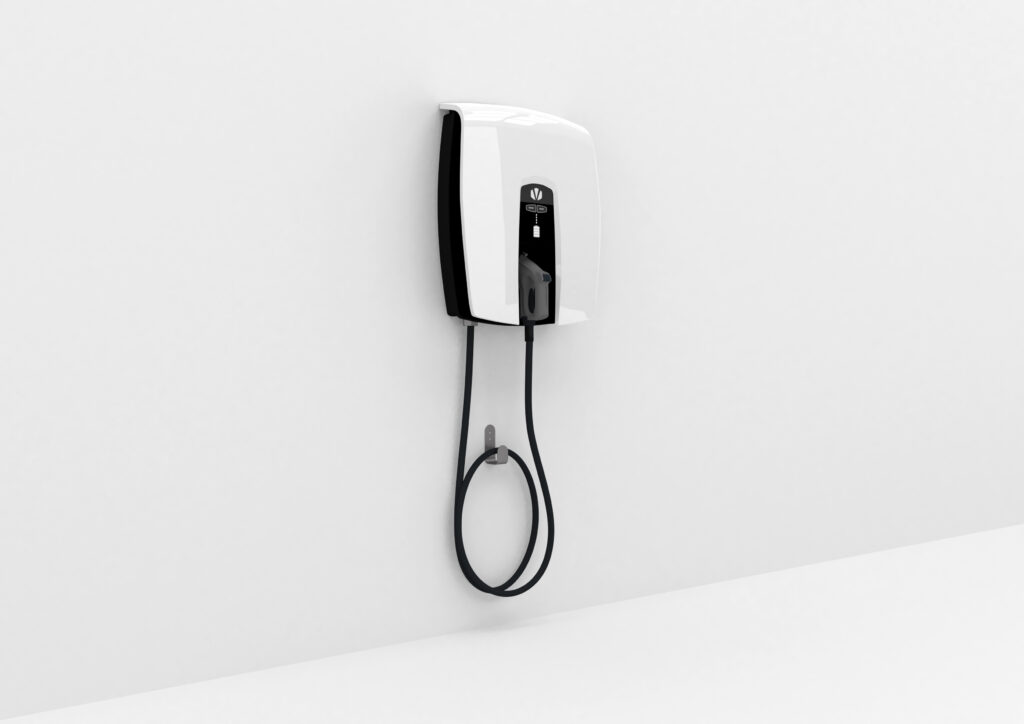The Department for Business, Energy and Industrial Strategy (BEIS) has today (June 20) issued a call for evidence to better understand the role of vehicle-to-x (V2X) technologies in the transition to net zero.
V2X is an umbrella term for technologies that allow an electric vehicle (EV) to export the energy in its battery for another use, including vehicle-to-grid, vehicle-to-home and vehicle-to-business.
Although V2X has been technically feasible for over a decade, the challenge has been to realise a viable commercial model, according to the call for evidence.
However, with V2X having the potential to be one of the main sources of flexibility available for the energy system and the benefits of V2X looking “very promising”, it is therefore essential for the government to understand how these technologies will come to mass market. This includes timeframes, barriers and possible opportunities to bring these timetables forward, BEIS said.
There are two value streams for V2X, the first using V2X technology as part of the building’s energy management, helping to avoid periods of high electricity prices, provide additional resilience and maximise use of intermittent generation.
The other value stream pertains to business models that export to the electric grid, adding additional revenue streams to the behind-the-meter models through providing grid services and price arbitrage, which is commonly done through an aggregator.
BEIS said that research has suggested that without providing grid services the majority of behind-the-meter value from V2X energy technologies could be provided by smart charging alone without the need for the cost of V2X equipment. However, the V2X business case may still stack up for fleets.
A review of nine European V2G projects in 2020 by Cenex found that the traditional model for V2G of generating revenue through energy trading is only one of a number of opportunities for the technology, with other key value propositions being resilience, the benefits to society, enhanced battery management and self sufficiency.
BEIS is asking for responses on what the potential business models for V2X energy technologies will be in the future energy system, how government and industry can enable and incentivise consumers to realise the full value, when and how V2X will be deployed, the role the technologies will play and how they might interact with other flexibility technologies.
A further key area BEIS is seeking views on is barriers to V2X, having identified a selection of potential barriers from InnovateUK competitions and from its literature review. These include the limited choice of vehicle models capable of V2X, the impact of V2X on battery health, the low levels of cars being plugged in and available for V2X when stationary, ensuring V2X can compete within markets on an equal basis and a poor business case for domestic aggregators.
The three-year Project Sciurus – run by OVO Energy, Cenex, Nissan and Indra – recently found that while costs of V2G hardware have come down significantly, they are still too high both for most consumers and for the financial business case to stack up for the operator.
However, Sciurus also found that participants’ initial concerns over battery degradation, reliability and costs were alleviated over the course of the trial.
BEIS is looking for responses on whether the barriers identified are indeed barriers and if there are any missing, which barriers require government intervention and what they should look like, what action industry should take and where future innovation funding should be focused to best aid the development and deployment of V2X technologies.
The call for evidence comes alongside the publication of the updated Smart Systems and Flexibility Plan and Energy Digitalisation Strategy alongside plans for a new independent Future System Operator.
The next webinar in the Current± Briefings series is to delve into the potential of V2G for frequency response, and is to take place at 10am BST on 21 July 2021. To register for the event, click here.






